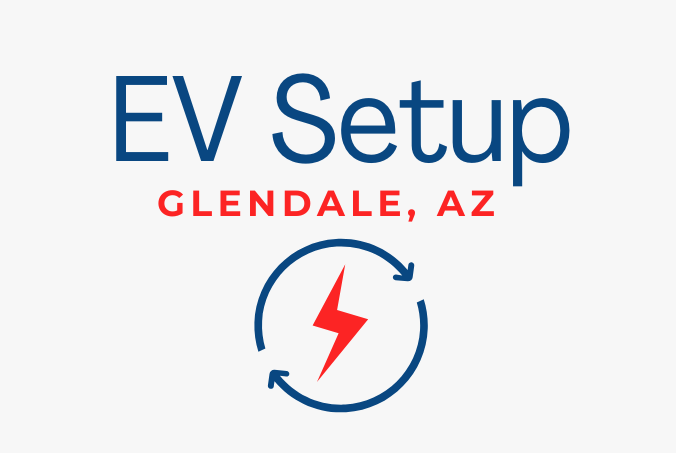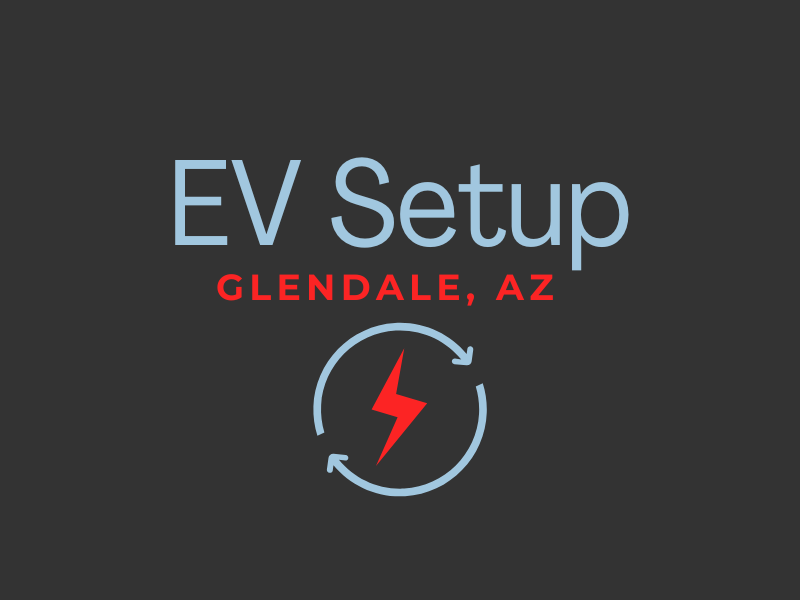Step-by-step guide to installing a Tesla wall charger at home in Peoria, AZ: EV Setup Glendale's expert installation process
Installing a Tesla wall charger at home transforms your garage into a personal charging station, providing convenience and efficiency for your electric vehicle. This guide will walk you through the process, ensuring a smooth installation experience.
Proper installation of a Tesla wall charger requires careful planning, adherence to safety guidelines, and attention to detail. The process involves selecting an ideal location, preparing the electrical components, and mounting the charger securely. While some homeowners may feel comfortable tackling this project themselves, professional installation is often recommended to ensure compliance with local codes and optimal performance.
EV Setup Glendale specializes in installing Tesla wall chargers and other EV charging solutions. Our team of experts can handle every aspect of the installation process, from initial assessment to final setup and testing. We'll help you choose the best location, ensure your electrical system can support the charger, and complete the installation efficiently and safely.
Preparing for Installation
Before installing your Tesla wall charger, proper preparation is crucial for a smooth and safe process. This involves evaluating your electrical system, collecting the right tools, and taking necessary safety measures.
Assessing Your Electrical System
Start by examining your home's electrical capacity. Check your main electrical panel to ensure it can handle the additional load of a Tesla wall charger. Most Tesla chargers require a 60-amp dedicated circuit, so verify that your panel has enough available capacity.
Contact a licensed electrician to perform a thorough assessment if you're unsure about your system's capabilities. They can determine if upgrades are needed, such as installing a new circuit breaker or upgrading your entire electrical panel.
Consider the distance between your electrical panel and the desired charger location. Longer distances may require thicker wiring to prevent voltage drop.
Gathering the Necessary Tools and Materials
Collect the following tools for installation:
- Screwdrivers (flathead and Phillips)
- Wire strippers
- Voltage tester
- Drill and drill bits
- Level
- Stud finder
- Measuring tape
Materials needed include:
- Tesla wall charger unit
- Mounting bracket
- Appropriate gauge electrical wire
- Conduit (if required by local codes)
- Circuit breaker (typically 60-amp)
- Weatherproof electrical box (for outdoor installations)
Ensure all materials meet local building codes and Tesla's specifications.
Safety Precautions
Safety is paramount when working with electricity. Always turn off power to the installation area at the main breaker before beginning work. Use a voltage tester to confirm power is off.
Wear appropriate personal protective equipment, including safety glasses and insulated gloves. Keep a fire extinguisher nearby as a precaution.
If you're not confident in your electrical skills, hire a certified electrician. They're familiar with local codes and can ensure a safe, compliant installation.
Never attempt to modify the Tesla wall charger or its components. This can void warranties and create safety hazards.
Installation Process
Installing a Tesla wall charger involves several key steps to ensure proper setup and functionality. Safety and precision are crucial throughout the process.
Mounting the Wall Charger
Select an ideal location for your Tesla wall charger. Choose a spot close to where you park your vehicle, ensuring the charging cable can easily reach your car. The mounting height should be between 38 and 60 inches from the ground.
Mark the mounting holes using the provided template. Drill pilot holes and insert wall anchors if necessary. Secure the mounting bracket to the wall with appropriate screws.
Carefully attach the wall charger to the mounting bracket. Ensure it's level and properly aligned. The charger should click into place when correctly positioned.
Wiring the Tesla Wall Charger
Turn off power to the circuit you'll be using. Remove the charger's front cover to access the wiring terminals.
Strip the ends of your electrical wires, typically 6-8 AWG copper wire for a 60-amp circuit. Connect the ground wire to the ground terminal, usually marked with a green screw.
Attach the neutral wire to the terminal labeled "N". Connect the line (hot) wire to the "L1" terminal. For 240V installations, use the "L2" terminal as well.
Ensure all connections are tight and secure. Double-check that no stray wire strands are exposed.
Connecting the Wall Charger to the Electrical Panel
At the electrical panel, identify the appropriate circuit breaker. Install a new 60-amp double-pole breaker if needed.
Run the wiring from the wall charger location to the electrical panel. Use conduit to protect the wires if required by local codes.
Connect the ground wire to the panel's ground bus. Attach the neutral wire to the neutral bus.
Connect the hot wire(s) to the circuit breaker. For 240V setups, use both poles of the double-pole breaker.
Secure all connections and ensure proper wire routing within the panel.
Final Setup and Testing
Replace the wall charger's front cover. Turn on the circuit breaker to power the charger.
The charger's indicator light should turn on, showing it's receiving power. Use the Tesla app to configure Wi-Fi settings if applicable.
Perform a test charge with your Tesla vehicle. Plug in the charging cable and verify that charging begins successfully.
Monitor the first few charging sessions to ensure consistent performance. Check for any unusual noises, smells, or heat from the charger or wiring.
We can help you with this, wherever you are in the Valley, From Peoria to Mesa.

